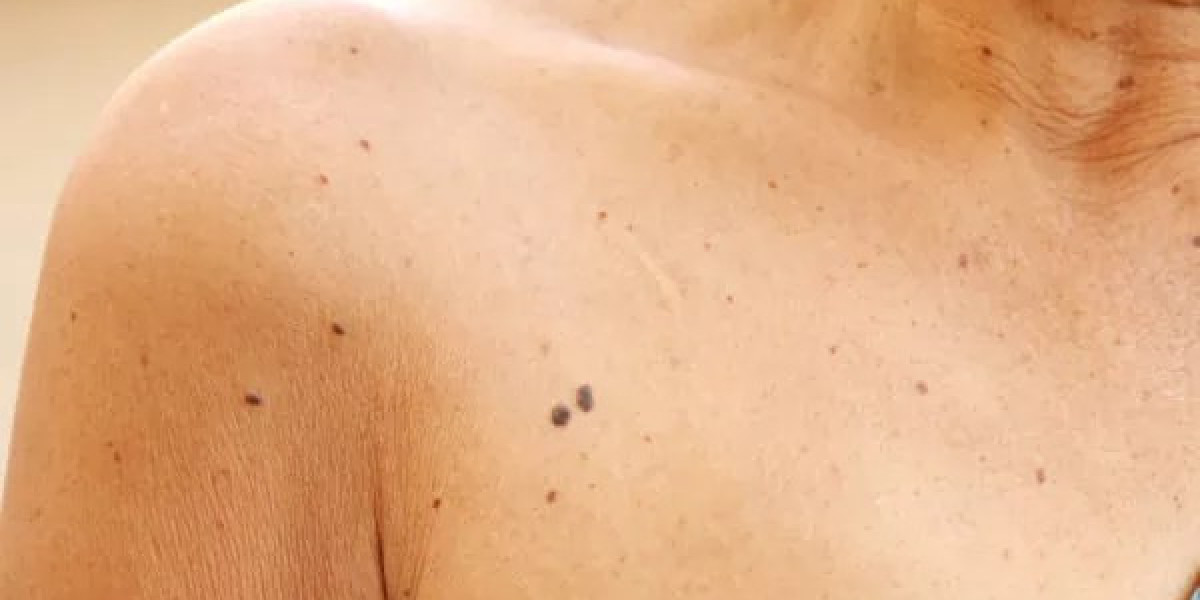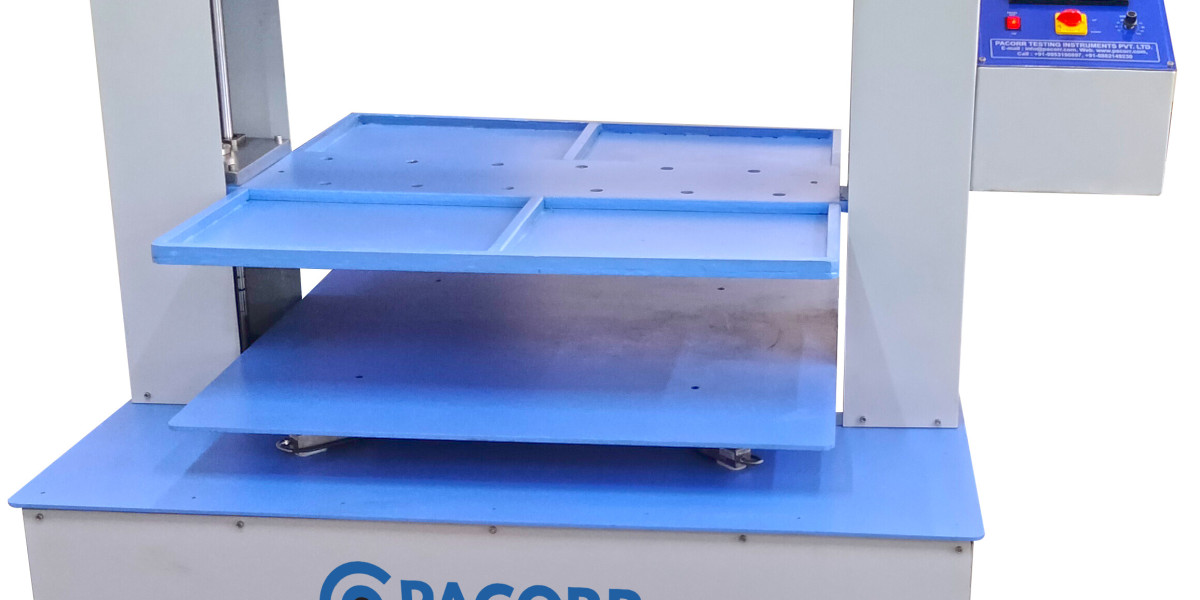Skin Tag Removal: What Do You Need To Know? Skin tags, also known as acrochordons, are small, benign growths that often appear on the skin's surface. These growths are usually painless and harmless but can be bothersome or unsightly, prompting individuals to seek removal. Let's delve into the necessary steps for effectively removing skin tags.
1. Identifying Skin Tags
The first step in the removal process is correctly identifying skin tags. These growths typically have a characteristic appearance, appearing as small, soft, flesh-colored or slightly darker protrusions that may be attached to the skin by a thin stalk. Common locations for skin tags include the neck, underarms, groin, and eyelids.
2. Assessing the Need for Removal
Once identified, individuals should assess whether skin tag removal is necessary. While skin tags are generally harmless, removal may be desired for cosmetic reasons if the tags are prominently located or cause self-consciousness. Additionally, removal may be warranted if the tags become irritated, inflamed, or prone to bleeding due to friction or rubbing against clothing or jewelry.
3. Exploring Removal Options
There are several options available for removing skin tags, ranging from over-the-counter treatments to medical procedures and natural remedies. It's essential to explore these options and choose the method that best suits individual preferences, budget, and medical considerations.
a. Over-the-Counter Treatments
Over-the-counter treatments for skin tag removal include topical creams and ointments containing ingredients like salicylic acid or tea tree oil. These products work by gradually dissolving the skin tag over time. Skin tag removal kits, which typically include freezing or ligation devices, are also available for home use.
b. Medical Procedures
For larger or more stubborn skin tags, medical intervention may be necessary. Common medical procedures for skin tag removal include cryotherapy, where liquid nitrogen is applied to freeze and destroy the tissue, surgical excision using scissors or a scalpel, and electrosurgery, which involves burning off the tag with an electric current.
c. Natural Remedies
Some individuals prefer natural remedies for removing skin tags. These may include applying apple cider vinegar, which is believed to dissolve the tag over time, or tea tree oil, known for its antiseptic and anti-inflammatory properties. Garlic has also been used topically for its purported ability to shrink skin tags.
4. Preparing for Removal
Before undergoing any removal procedure, it's essential to prepare the skin and follow any pre-treatment instructions provided by a healthcare professional. This may involve cleaning the area thoroughly, avoiding the use of harsh skincare products, and refraining from scratching or irritating the skin tags.
5. Aftercare and Monitoring
Following removal, proper aftercare is crucial to promote healing and reduce the risk of complications. This may include keeping the treated area clean and dry, applying an antibiotic ointment as directed, and avoiding activities that could irritate the skin. It's also essential to monitor the site for signs of infection or other adverse reactions and seek medical attention if necessary.
Conclusion
Skin tag removal is a straightforward procedure that can be performed using various methods, depending on individual preferences and circumstances. By correctly identifying skin tags, assessing the need for removal, exploring available options, and following proper preparation and aftercare protocols, individuals can effectively remove these benign growths and achieve smooth, blemish-free skin.















